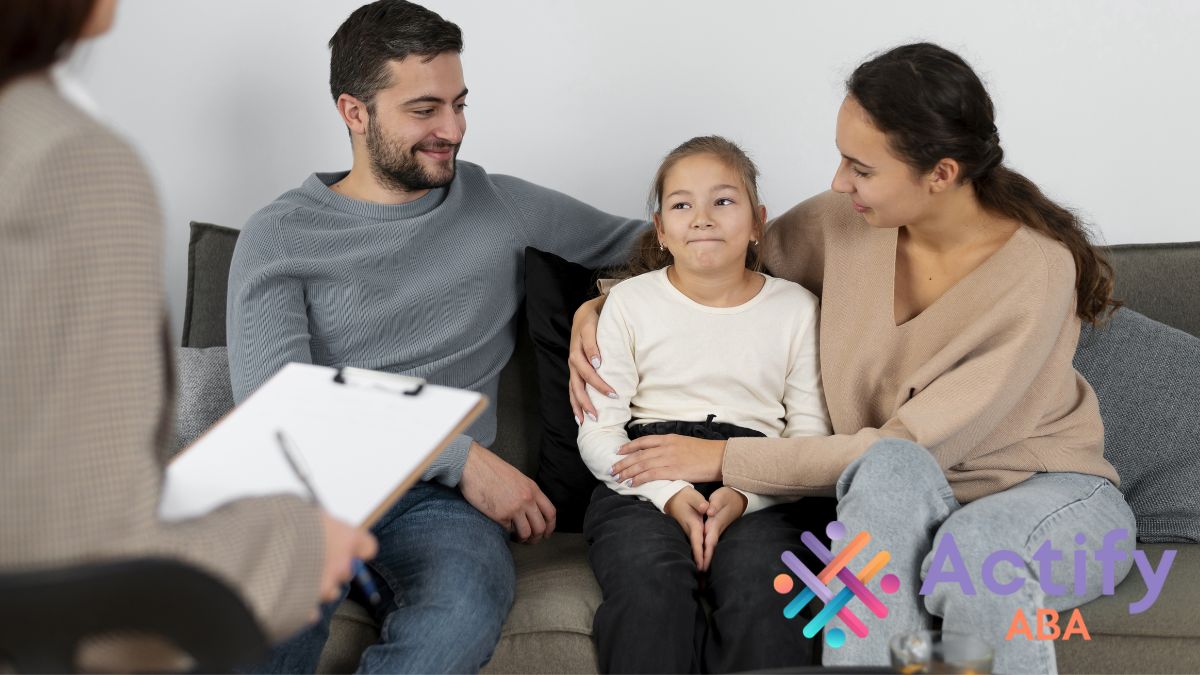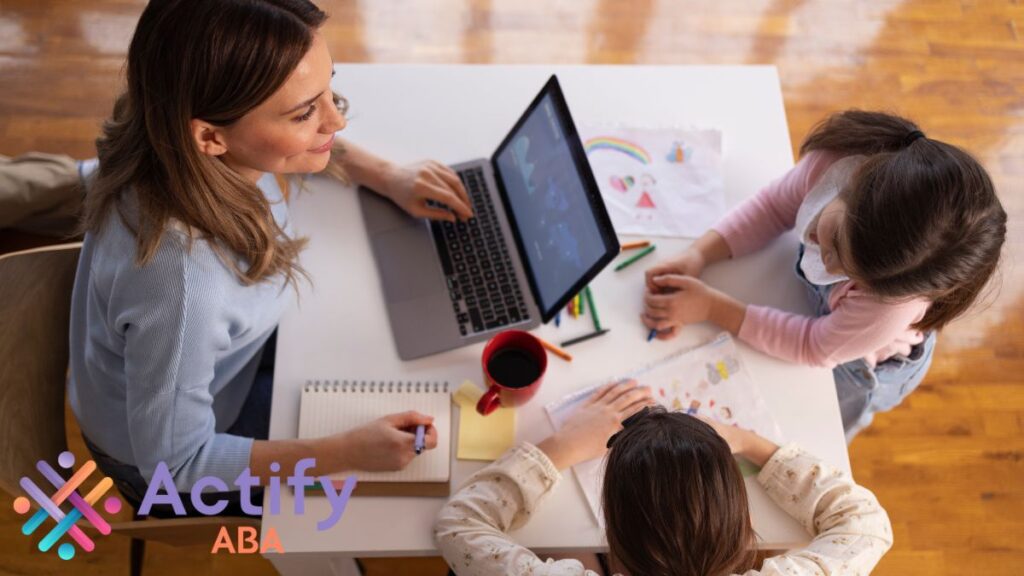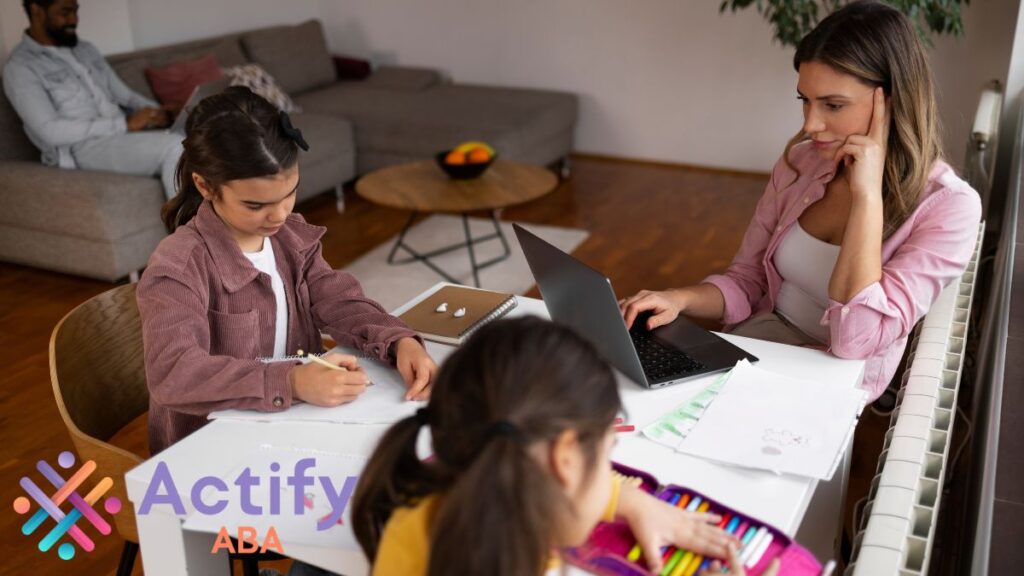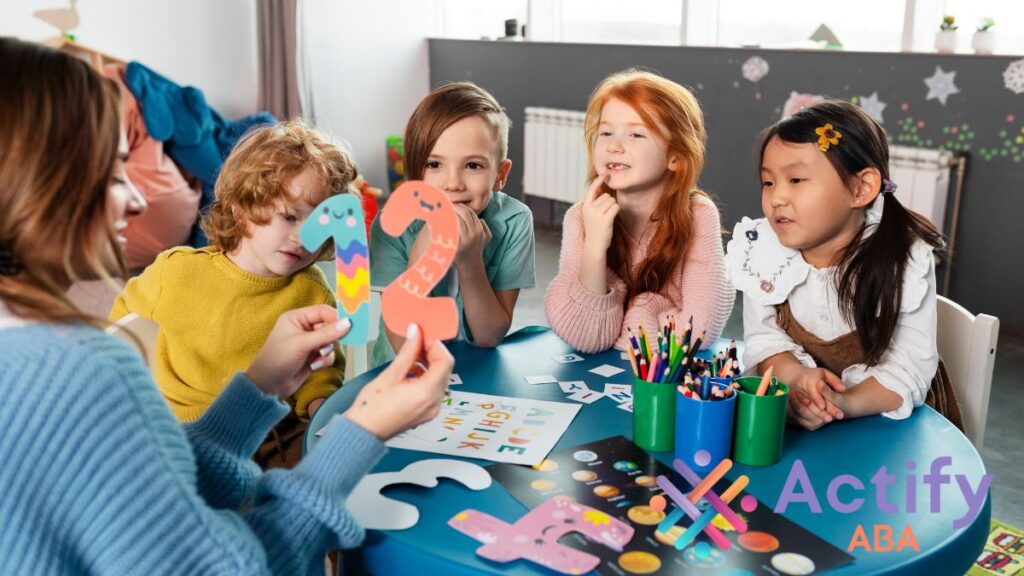
Key Points:
- Practical IEP Guidance – Step-by-step examples help parents understand how schools tailor goals, accommodations, and supports for children with autism.
- Comprehensive Goal Areas – IEPs cover social skills, communication, academics, self-regulation, and independent living to support holistic growth.
- Parent Empowerment – Reviewing examples, preparing for meetings, and collaborating with educators ensures parents can advocate effectively for their child’s needs.
When your child is diagnosed with autism, one of the first big steps in supporting their education is the Individualized Education Program (IEP). An IEP autism example provides a clear, practical model of how a school can tailor learning goals, accommodations, and supports to your child’s unique strengths and needs. Seeing a real-world example can help parents navigate the complex IEP process with confidence, knowing exactly what to expect. From measurable goals to social and academic accommodations, understanding how an IEP works empowers parents to advocate effectively. Let’s explore nine concrete IEP examples from across the U.S., highlighting how schools turn federal guidelines into actionable plans that help students thrive.
9 IEP Examples Parents Can Learn From

IEPs are not one-size-fits-all. Each plan is designed for a student’s specific needs, grade, and disability type. Here are nine IEP autism examples and related cases that illustrate real applications:
| # | Age/Grade | Disability | Key Focus |
| 1 | 6 / Kindergarten (TX) | Autism Spectrum Disorder | Annual goals, social-emotional development, academic accommodations |
| 2 | 11 / Grade 5 (AR) | Specific Learning Disability & Visual Impairment | Reading fluency, visual supports, instructional accommodations |
| 3 | 15 / Grade 8 (MO) | Specific Learning Disability | Reading, math, written expression, team-based planning |
| 4 | 14 / Grade 9 (VA) | ADHD | Academic skills, language development, social communication |
| 5 | 15 / Grade 9 (WA) | Emotional Behavioral Disability | Emotional regulation, functional skills, therapy integration |
| 6 | 15 / Grade 9 (MS) | Specific Learning Disability | Reading, written expression, performance monitoring |
| 7 | 16 / Grade 11 (AZ) | ADHD + Other Health Impairment | Academic, social-emotional, and transition planning |
| 8 | 17 / Grade 11 (PA) | Specific Learning Disability | Reading/writing, CTE program integration, assistive technology |
| 9 | 17 / Grade 12 (MO) | Down Syndrome | Transition services, postsecondary goals, life skills |
These examples show how flexible an IEP can be while adhering to federal law. Each plan outlines measurable goals, evaluation methods, and accommodations designed to support a child’s unique learning profile.
What Goes Into an IEP
Understanding an IEP helps parents participate actively in the process. While forms vary by district, federal law requires several core sections in each IEP.
1. Student Information
This section identifies the student and provides context for the IEP.
Typical details include:
- Name, birth date, and age
- School and district information
- Disability type and communication methods
- Parent/legal guardian contact
This information ensures the IEP addresses the student’s grade-level needs and unique learning profile.
2. Present Level of Academic Achievement & Functional Performance (PLAAFP)
PLAAFP answers the question: Where is my child now?
It highlights:
- Academic strengths and weaknesses
- Functional skills, such as self-care and social interaction
- How the disability affects classroom performance
Assessments for this section include standardized tests, teacher observations, and parent feedback.
3. Measurable Annual Goals
Goals in an IEP are SMART:
- Specific – Clear skill or behavior to achieve
- Measurable – Quantifiable success criteria
- Achievable – Realistic yet challenging
- Relevant – Directly tied to needs
- Time-bound – Expected within 12 months
Each IEP typically lists two to ten goals, broken into short-term objectives.
4. Methods for Measuring Progress
Progress tracking ensures accountability. Examples include:
- Classroom assessments
- Portfolios or work samples
- Checklists and observation charts
- Quarterly progress reports
This allows parents and teachers to see real, measurable growth.
5. Special Education Services & Accommodations
This is the heart of the IEP. Schools provide:
- Supplementary aids
- Program modifications
- Behavioral and sensory supports
- Assistive technology
Additional considerations may cover extended school year services, language needs, and health or physical support.
6. Participation with Nondisabled Peers
The Least Restrictive Environment principle ensures the child learns alongside peers whenever appropriate.
Considerations include:
- General education inclusion
- Resource room support
- Extracurricular participation
7. Participation in Assessments
IEPs define how students will engage in state or district testing:
- Participate without accommodations
- Participate with accommodations
- Exempt from participation
Testing accommodations include larger print, scribe support, quiet spaces, or extended time.
8. Transition Services
Starting at age 14, IEPs plan for life after school:
- Postsecondary education
- Employment goals
- Independent living skills
Transition plans are personalized and often involve career exploration or specialized courses.
Writing an Effective IEP: Step-by-Step Guide

Creating an effective IEP requires collaboration, structure, and clear communication. Below is a combined step-by-step and best-practice checklist to guide you through the process.
- Define the IEP Team – Include parents, general and special education teachers, an LEA representative, evaluation experts, and when appropriate, the student.
- Evaluate Current Performance – Review academic progress, behavior, and social-emotional functioning to establish a baseline.
- Set Annual Goals – Define achievable, measurable objectives that align with the student’s needs.
- Determine Services & Accommodations – Tailor supports to promote success in learning and daily life.
- Decide on General Education Participation – Identify the least restrictive environment for inclusion.
- Plan for Assessments – Determine testing accommodations, such as extended time or alternate settings, if needed.
- Prepare Transition Plans – For older students, outline post-school goals and the supports required to achieve them.
- Define Time & Place – Specify when, where, and how often services will be provided.
- Start with a Thorough Assessment – Understand the child’s abilities, challenges, and learning style.
- Align Goals with Current Performance – Keep them specific, meaningful, and progress-driven.
- Match Accommodations to Needs – Ensure every support serves a clear purpose.
- Include Functional Skills – Address communication, behavior, and daily living skills.
- Gather Input from All Team Members – Teachers, parents, and therapists each bring valuable insight.
- Include the Student’s Voice – Empower the child to share their perspective when possible.
- Use Clear Language – Avoid jargon and make the plan easy to understand.
- Quantify Goals – Use measurable targets to track progress effectively.
- Review the Document Thoroughly – Check for clarity, organization, and logical flow before final approval.
- Monitor and Adjust Regularly – Track progress and update goals or supports as the student grows.
- Obtain Parental Approval – Parents review and approve the final IEP before implementation begins.
Key Areas of Focus in IEP Goals
IEPs should address these domains:
| Key Area of Focus | Purpose / Goals |
| Academic Skills | Support reading, math, writing, problem-solving, and organization. |
| Communication Skills | Foster expressive, receptive, and alternative communication methods. |
| Independent Living Skills | Build self-care, organization, and routine navigation. |
| Emotional Regulation | Teach coping strategies for sensory and emotional challenges. |
Each goal should be directly linked to the student’s strengths and needs.
IEP Goal Examples for Students with Autism
IEP goals guide learning and personal growth. They’re not just academic—they also address social, emotional, and independent living skills.
Social Skills
Autistic students often need structured support to interact successfully with peers.
- Initiate conversations during free time at least once daily
- Participate in small group activities for 10 minutes, three times per week
- Identify and interpret three facial expressions in structured activities
Communication Skills
Communication goals help students express needs and understand others.
- Use verbal or AAC tools to request food, bathroom, or help in 4 of 5 opportunities
- Respond to “who, what, where, why” questions with 80% accuracy
- Follow two-step instructions with 90% accuracy
Self-Regulation & Sensory Needs
Students develop coping strategies for emotions and sensory sensitivities.
- Identify and label emotions in 4 of 5 situations
- Use self-selected calming techniques with 80% consistency
- Take sensory breaks independently at least twice per day
Academic Skills
Academic goals support reading, writing, math, and organization.
- Answer comprehension questions with 80% accuracy
- Complete addition and subtraction tasks independently 4 of 5 sessions
- Write a five-word sentence four days per week
Life Skills & Independence
Daily living goals foster independence.
- Organize personal belongings with 90% consistency
- Follow visual schedule for daily activities 4 of 5 days
- Wash hands independently after using the restroom 4 of 5 times
Preparing for Your Child’s IEP Meeting
Parents play a meaningful role in IEP meetings. Here’s how to be prepared:
- Learn about your child’s disability year-round—speech therapy, OT, or other interventions provide context.
- Invite external experts—Therapists or specialists who know your child can offer valuable input.
- Request draft documents in advance—Reviewing ahead allows thoughtful discussion.
- Review evaluations and assessments—focus on insights, not just deficits.
- Observe classroom placements—ensure the environment fits your child’s needs.
- Understand baselines—Know where your child starts to track meaningful progress.
- Focus on measurable, evidence-based goals—keep statements concise and professional.
FAQ: IEP Autism Example
1. What is an IEP autism example?
It’s a real or model document showing how schools plan academic, social, and emotional support for a child with autism.
2. How often should IEPs be reviewed?
Federal law requires at least one annual review, but progress can be monitored quarterly.
3. Can parents suggest changes to the IEP?
Absolutely. Parents are full members of the team and can request updates or accommodations.
4. What are common IEP goals for autistic students?
Goals often cover social skills, communication, self-regulation, academics, and life skills.
5. How can I best prepare for an IEP meeting?
Review assessments, understand baselines, observe classroom settings, and bring external experts if helpful.
Supporting Your Child’s Growth Through Smart IEP Planning

Navigating your child’s Individualized Education Program (IEP) can feel overwhelming, but seeing real IEP autism examples can make the process clear and manageable. Actify ABA provides insights into how tailored strategies and measurable goals help students thrive, showing parents exactly what to expect from a successful plan. In Maryland and beyond, parents are discovering that understanding the structure of an IEP, knowing the key sections, and reviewing examples empowers them to actively participate in planning and advocating for their child’s needs.From social skills to academic achievements, these examples illustrate how specific accommodations and supports make a tangible difference. Actify ABA emphasizes collaboration between parents, teachers, and specialists to create a plan that reflects each child’s strengths. To explore how these approaches can benefit your child, reach out to us today and see practical ways to implement strategies that promote growth, engagement, and confidence in everyday learning.
